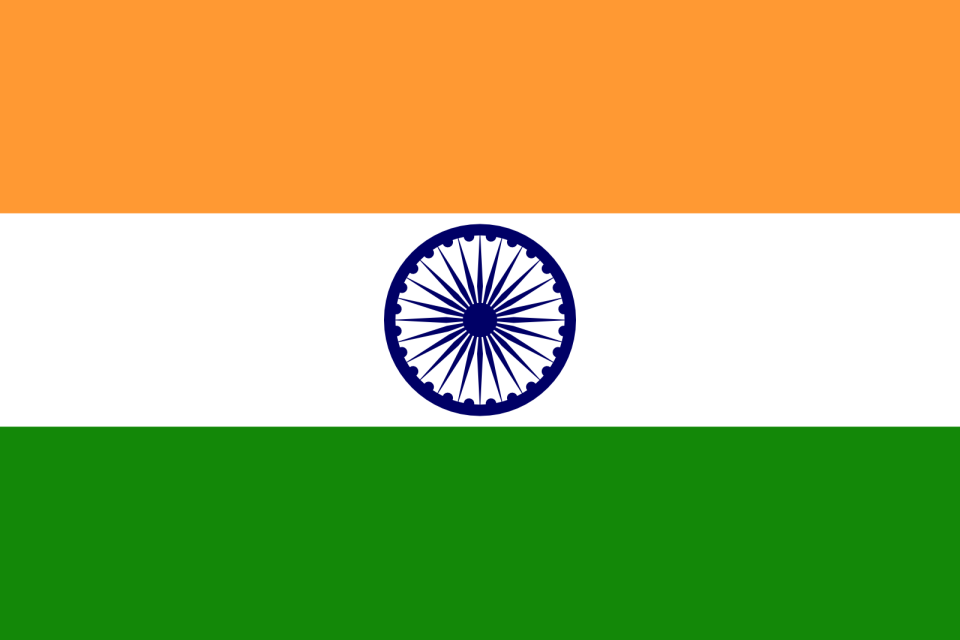
Nagesh Kumar is Director and Chief Executive of the Institute for Studies in Industrial Development (ISID), a publicly funded policy think tank based in New Delhi. Prior to taking up this role in May 2021, he served as Director at the United Nations Economic and Social Commission for Asia and the Pacific (UNESCAP), holding several senior management roles from 2009-21. These included Chief Economist of UNESCAP, Director of the Macroeconomic Policy and Development Division (MPDD), Director of the Social Development Division (SDD), and Head of the South and South-West Asia (SSWA) Office of the United Nations Economic and Social Commission for Asia and the Pacific (UNESCAP) based in New Delhi, which he had the privilege to establish. Kumar is also a Non-Resident Senior Fellow at the Boston University Global Development Policy Center.
Industrial policy was once so out of fashion that it was jokingly called “the policy that shall not be named.” Now it’s back in a big way. On issues ranging from clean energy to semiconductors to Covid-19, governments are trying to improve the performance of key business sectors. Can they manage to do so without subverting competition and subsidizing special interests?
This article is part of ProMarket‘s series on industrial policy. Stay tuned as we publish an article each week this quarter on the topic.
After pursuing an economic strategy of liberalization and global economic integration that has given primacy to market forces since 1991, India has changed tracks once again. Confronted by the need to create decent jobs for the nearly 12 million people who join the workforce every year, India turned to the potential of manufacturing when Prime Minister Narendra Modi launched the Make-in-India (MII) campaign soon after forming his government in 2014. However, unlike the mixed results of India’s first attempt at industrial policy in its early post-independence period, India’s evolving industrial policy this time around is more likely to succeed in fostering its industrial transformation and help realize its Vision 2047 of becoming a developed nation.
Import-Substituting Industrialization: mid-1960s-1991
India pursued import-substituting industrialization (ISI) from the mid-1960s until the reforms of 1991. The policy included high tariffs (up to 350%), import licensing, industrial licensing (or approvals), a rather strict foreign direct investment (FDI) regime, and a softer intellectual property protection regime that did not recognize product patents in pharmaceuticals. The industrial policy helped build a diversified industrial base by the end of the 1980s, one that produced virtually all items of consumption in India. During this time, manufacturing’s share of GDP nearly doubled from around 9% to 17.5%. India’s overall dependence on imports dropped dramatically even for heavy machinery and capital goods. However, industrial licensing and high tariffs and quantitative restrictions on imports led to the creation of virtual monopolies resulting in high prices, poor quality, and limited variety for Indian consumers. Poor attention paid to innovation led to technological obsolescence, and international competitiveness suffered.
Given their poor competitiveness, many of Indian companies could not stay in business when exposed to foreign competition after 1991. Many of them entered joint ventures with multinational enterprises (MNEs) to update their technology or were acquired by them. This underscored a crucial difference between India’s experience with industrial policy and those of the East Asian countries such as South Korea. Indian policy targeted import-substituting industrialization in a closed economy context and did not particularly seek international competitiveness. The East Asian countries, on the other hand, focused on building internationally competitive industries. They constantly leveraged rivalries between domestic champions and pushed them into international markets through export incentives and performance requirements.
This is not to say, however, that import-substituting industrialization strategy failed completely in India. India’s success in generic pharmaceuticals, information and communication technology (ICT) software, and building a vertically integrated automobile industry with global leadership in two-wheelers and compact cars can be attributed to the strategic interventions of the time. Some of today’s leading Indian enterprises with significant global footprints, including Hindalco Industries, Tata Motors, Tata Global Beverages, Mahindra & Mahindra, Bajaj Auto, Ashok Leyland, TVS Motors, and Hero Motors, also have their origins in the import-substituting industrialization era.




